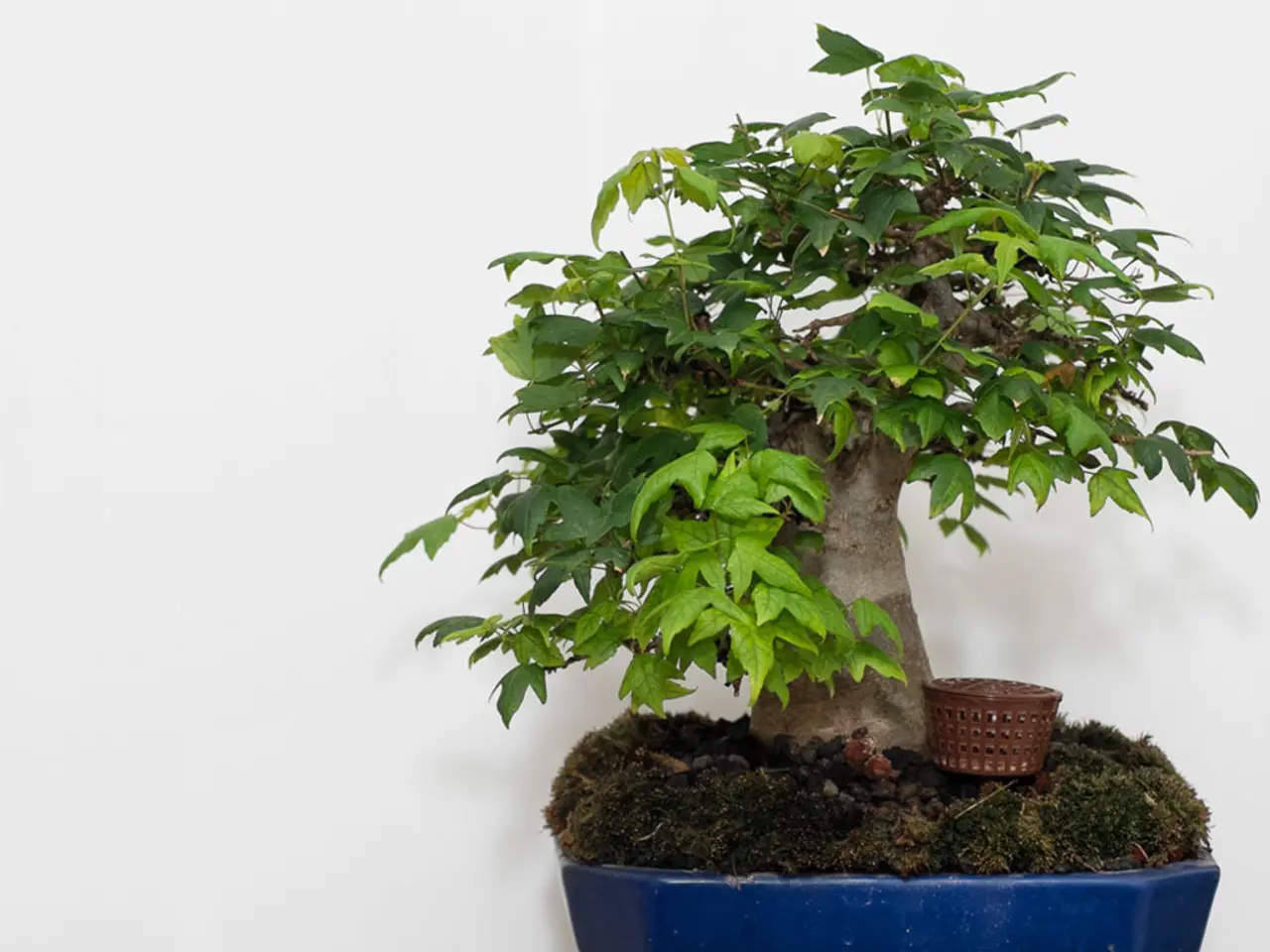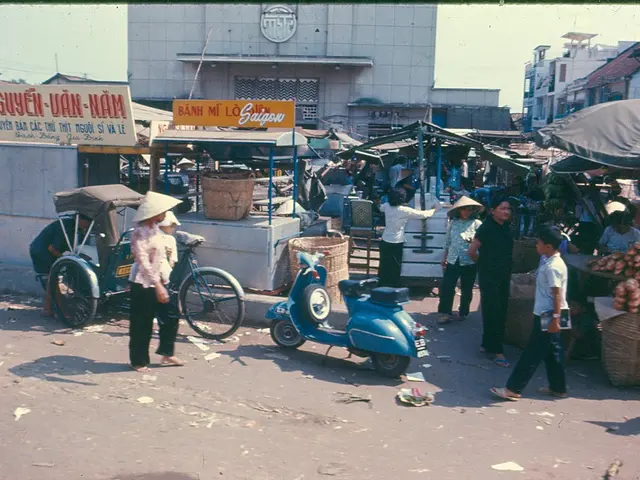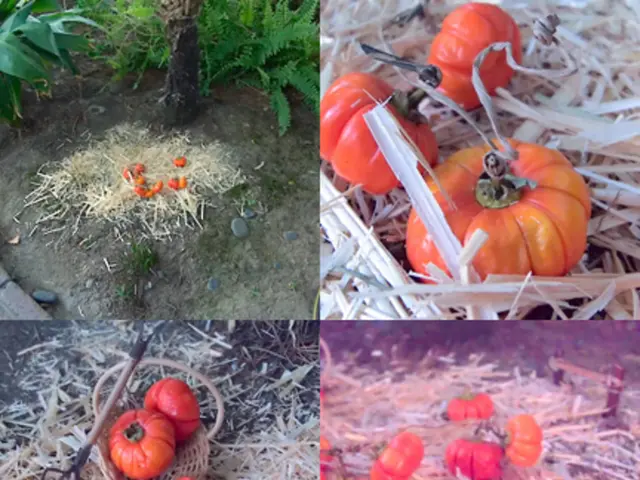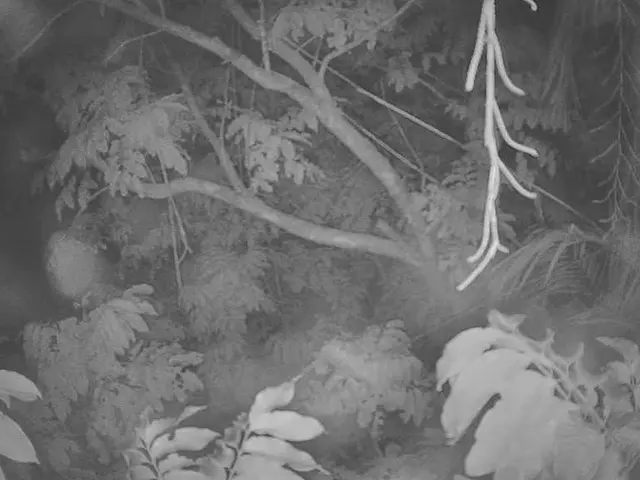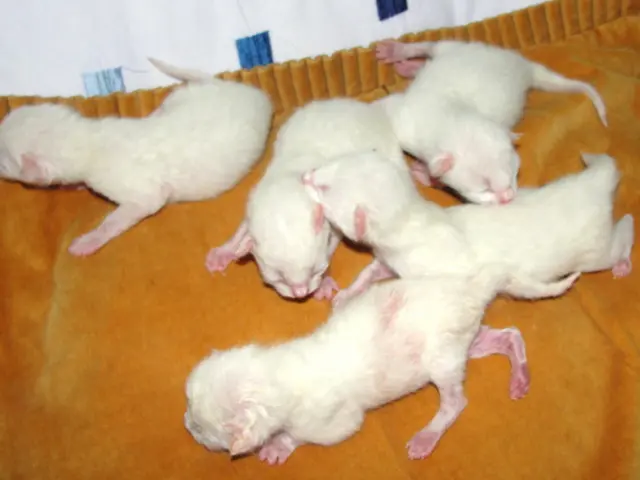Nurturing Coniferous Bonsai from Seeds: Techniques and Important Factors to Consider
### Mastering the Art of Stratifying Coniferous Bonsai Seeds
For those looking to cultivate their very own coniferous bonsai, the process of stratifying seeds is a crucial step towards successful germination and growth. Here's a comprehensive guide to help you achieve healthy seedlings.
1. **Seed Preparation**: Begin by cleaning your seeds of any debris or husks that may hinder germination. For certain species, such as those with samaras (like maple), it's essential to leave the husks intact.
2. **Scarification**: Some coniferous seeds may benefit from scarification, a technique that involves making small cuts or scratches in the seed coat to improve water absorption. For instance, Japanese Larch seeds often require soaking in water for 24 hours as a form of scarification.
3. **Stratification**: **Cold Stratification**: Most coniferous seeds require a period of cold stratification to break dormancy. This can be accomplished by storing the seeds in a cold, moist environment. - **Materials Needed**: Damp sphagnum moss, paper towels, or a moist seed starting mix. - **Procedure**: - Place the seeds in a Ziploc bag or airtight container with the damp material. - Seal the bag to maintain humidity. - Store the bag in the refrigerator for the required period, which varies by species. Thuja seeds typically need 4 weeks, while Japanese Larch seeds require 30 days of cold stratification. - **Maintaining Moisture**: Ensure the material remains moist throughout the stratification period.
4. **Germination**: - After stratification, remove the seeds from the refrigerator and plant them in a well-draining bonsai soil mix about 1/4 inch deep. - Provide adequate light and maintain consistent moisture until germination occurs.
5. **Post-Germination Care**: - Bonsai trees require regular watering and good air circulation. - Feed them with a balanced, water-soluble fertilizer during the growing season. - Prune regularly to maintain the desired shape and encourage strong root development.
By following these steps, you can successfully stratify your coniferous bonsai seeds and achieve healthy germination and growth. Transplanting seedlings into larger containers allows their roots to expand, providing a solid foundation for the tree's development.
Ideal drainage levels in the soil mix are crucial to prevent waterlogging and promote healthy root growth. Coniferous seeds respond well to temperature fluctuations that mirror those found in nature, with a daily temperature cycle of 35°F to 45°F (2°C to 7°C) being ideal, with a 5°F to 10°F (3°C to 6°C) drop in temperature at night. The optimal germination range for coniferous seeds typically falls between 65°F to 85°F (18°C to 30°C), with 75°F (24°C) being a commonly cited sweet spot.
Reputable coniferous seed suppliers verify their seeds for freshness, quality, and freedom from contaminants. A consistent watering schedule is essential for coniferous seedlings, with more frequent watering during the germination stage and less as they mature. Monitoring soil moisture levels through touch or using a moisture meter can help fine-tune watering schedules.
Stratification methods simulate the natural winter period, helping to break seed dormancy and initiate germination. The ideal soil mix for coniferous bonsai can be achieved by combining peat moss or coconut coir, perlite, and vermiculite in a ratio of 2:1:1. Seed dormancy is a dormant period in coniferous seeds, requiring specific conditions to break dormancy and initiate germination.
Controlling moisture levels for coniferous seedlings involves checking the soil daily and using a fine mist or gentle trickle when watering. High-quality coniferous seeds exhibit plumpness, uniformity in size and color, and a glossy appearance. Precise watering techniques are vital for coniferous bonsai seedlings, with a focus on maintaining ideal moisture levels and adhering to a well-structured watering schedule.
Maintaining ideal humidity levels, typically between 50-70%, is crucial for coniferous seedlings. Overwatering can lead to root rot and seedling loss, while underwatering can cause seedlings to become stressed and susceptible to disease. A well-balanced soil mix for coniferous bonsai should prioritize perfect drainage, moisture retention, and aeration.
Diseases such as root rot and needle cast can also affect coniferous bonsai trees. Pests like fungal gnats, spider mites, scale, and root aphids can affect coniferous bonsai trees, requiring vigilant monitoring and targeted management strategies.
The individual aiming to cultivate a diverse collection could expand their home-and-garden endeavors beyond coniferous bonsai, integrating other gardening endeavors such as home vegetable gardens or ornamental flower beds to enrich their lifestyle. By capabilities mastered during the coniferous bonsai seed stratification process, they might find new passion in gardening methods applicable to home-and-garden crops, such as understanding seed preparation techniques, humidity requirements, and potting mix essentials.
